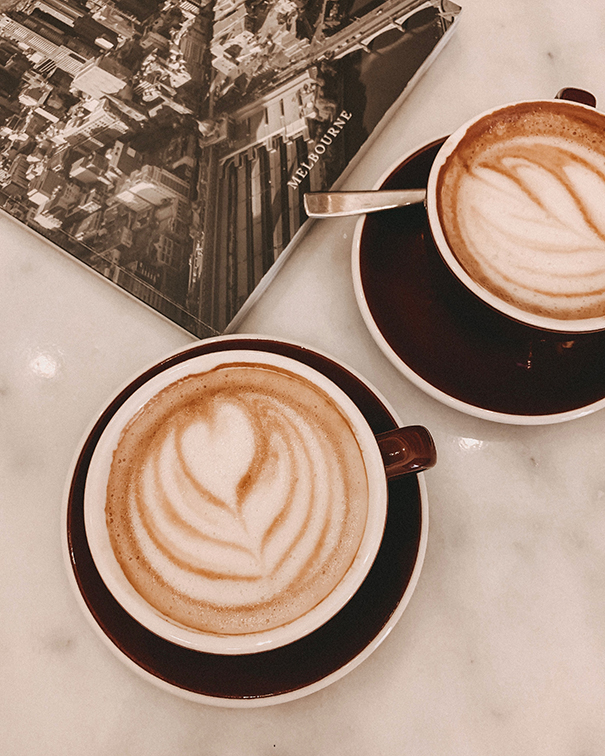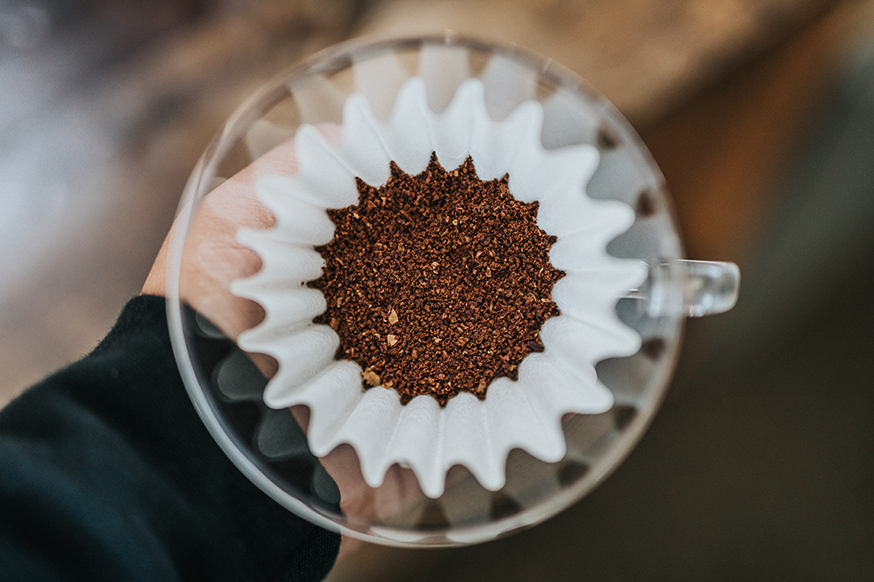The art of brewing coffee is as diverse as the drink itself. The brewing technique you choose can significantly influence your coffee’s taste, aroma, and overall experience.

This article explores the fascinating world of brewing techniques for different coffee drinks, such as lattes, cappuccinos, and Americanos. We will delve into the science behind coffee brewing and the role of various factors in shaping the flavor of your coffee.
Understanding the Basics of Coffee Brewing
Coffee brewing is a science that combines the right amount of coffee, water, temperature, and time. The coffee beans you choose play a crucial role in the flavor of your coffee. Different beans offer different flavor profiles, and how they are roasted can also impact the taste.
Water is another critical element in coffee brewing. The quality of water can significantly affect the taste of your coffee. Using filtered or bottled water is recommended if your tap water has a strongish odor or taste.
The brewing time is also essential. Over-extraction can make your coffee taste bitter, while under-extraction can lead to a flat taste.
The grind size of your coffee may also impact the flavor. A fine grind is suitable for espresso, while a coarse grind is absolutely ideal for French press. The grind size affects the extraction process and the taste of your coffee. You can find out more about the impact of grind size on coffee flavor at the National Coffee Association.
Different Types of Coffee Drinks
There are various types of coffee drinks, each with its unique brewing technique and flavor profile. Let’s look at three popular ones: lattes, cappuccinos, and Americanos.
- Lattes: A latte is a coffee drink which is made with espresso and steamed milk. The word ‘latte’ means milk in Italian. The drink is known for its creamy texture and mild coffee flavor.
- Cappuccinos: A cappuccino is similar to a latte but has more foam and less steamed milk. The drink is traditionally served in a porcelain cup with better heat retention properties.
- Americanos: An Americano is a coffee drink that you prepare by diluting an espresso with hot water, giving it a comparable strength to, but a different flavor from, traditional drip coffee.
Many other coffee drinks include mochas, macchiatos, flat whites, and more. Each drink has a unique brewing technique that contributes to its distinct flavor.
Brewing Techniques for Different Coffee Drinks
Brewing techniques can vary significantly depending on the type of coffee drink you’re preparing. Let’s explore the brewing processes for lattes, cappuccinos, and Americanos.
- Lattes: To brew a latte, you will need an espresso machine and a milk frother. Start by brewing a shot of espresso. Then, froth the milk until it’s creamy and pour it over the espresso.
- Cappuccinos: Brewing a cappuccino is similar to brewing a latte, but you will need more frothed milk. After brewing your espresso, froth the milk until it forms a thick foam. Pour the frothed milk over the espresso, ensuring the foam forms a layer.
- Americanos: To brew an Americano, start by brewing a shot of espresso. Then, add hot water to the espresso. The amount of water you add totally depends on how strong you want your coffee.
The Impact of Brewing Techniques on Coffee Flavor
Brewing techniques significantly influence the taste of coffee. The process of extraction, which occurs when hot water passes through the coffee grounds, is crucial in determining the flavor of your coffee.
Over-extraction occurs when the water is in contact with your coffee grounds for too long, leading to a bitter taste. On the other hand, under-extraction happens when the water is not in contact with your coffee grounds for enough time, resulting in a flat and weak coffee flavor.
Balancing the extraction process is vital to achieving the perfect flavor. It involves adjusting the grind size, brewing time, and water temperature to suit the type of coffee you’re brewing.

Tips for Perfecting Your Brewing Technique
To perfect your brewing technique, always start with fresh coffee beans. The freshness of the beans can significantly impact the taste of your coffee.
Clean equipment is also crucial. Coffee residue can accumulate in your equipment over time, leading to a bitter and unpleasant taste. Therefore, ensure your coffee machine and other tools are cleaned after each use.
Lastly, pay attention to the quality and temperature of your water. As mentioned earlier, the water quality can affect the taste of your coffee. Also, the water temperature should be between 195 to 205 degrees Fahrenheit for optimal extraction.
By following these useful tips, you can enhance your brewing technique and enjoy a perfect cup of coffee every time.
Conclusion
In conclusion, the art of brewing coffee is a fascinating journey that combines science and personal preference. We have explored the importance of brewing techniques in making different coffee drinks, the role of coffee beans, water, brewing time, and the impact of grind size on coffee flavor. We have also delved into the brewing processes for lattes, cappuccinos, and Americanos and how these techniques influence the taste of your coffee.
Remember, coffee brewing is a personal experience, and there is no right or wrong way. Please, feel free to experiment with different brewing techniques and find which one best suits your taste. Happy brewing!
FAQs
What are the Four Methods of Brewing Coffee?
There are several methods of brewing coffee, but the four most common ones are:
- Drip or Filter Brewing: This is the most common method where hot water is poured over coffee grounds in a filter and allowed to drip into a carafe or cup.
- French Press or Plunger Brewing: In this method, coffee grounds are steeped in hot water ahead of being separated by pressing down a metal or plastic plunger.
- Espresso Brewing: This method uses pressure to force hot water through finely-ground coffee. It’s the base for many coffee drinks like lattes and cappuccinos.
- Cold Brew: This method involves steeping coffee grounds in cold water for a rather extended period, typically 12-24 hours, and filtering the grounds out.
How Do I Start Exploring Coffee?
Exploring coffee can be a rewarding journey. Here are some useful steps to get you going:
- Try Different Coffee Beans: Coffee beans from different regions have unique flavor profiles. Try beans from various parts of the world to experience these flavors.
- Experiment with Brewing Methods: Each brewing method can bring out different flavors in your coffee. Try various methods to see which one you prefer.
- Visit Local Coffee Shops: Local coffee shops often offer a variety of coffee drinks and beans. They can be a brilliant place to start your coffee exploration.
What are the Three T’s of Coffee Brewing?
The three T’s of coffee brewing are:
- Time: The amount of time water and coffee need to be in contact for optimal flavor extraction.
- Temperature: The ideal temperature for brewing most coffee is 195 to 205 degrees Fahrenheit.
- Turbulence: This refers to the stirring or agitation of coffee when it’s brewing. It can help ensure that extraction is even and consistent.
Which is a Very Popular Coffee Brewing Method?
The drip or filter brewing method is one of the most popular coffee brewing methods. It’s easy to use, convenient, and the method most commonly used by automatic coffee makers. However, the “best” method depends on personal preference, as each process can produce different flavors and strengths of coffee.

Written by Robbie – Coffee Writer and Researcher at MyCoffeeBeanz.com
Robbie has over 15 years of extensive experience working in the coffee industry in marketing. As a native New Yorker he loves the hustle and bustle of a big city and enjoys nothing more than breaking up his busy day with trips to the nearest coffee shop for a double espresso. Find out more about Robbie
